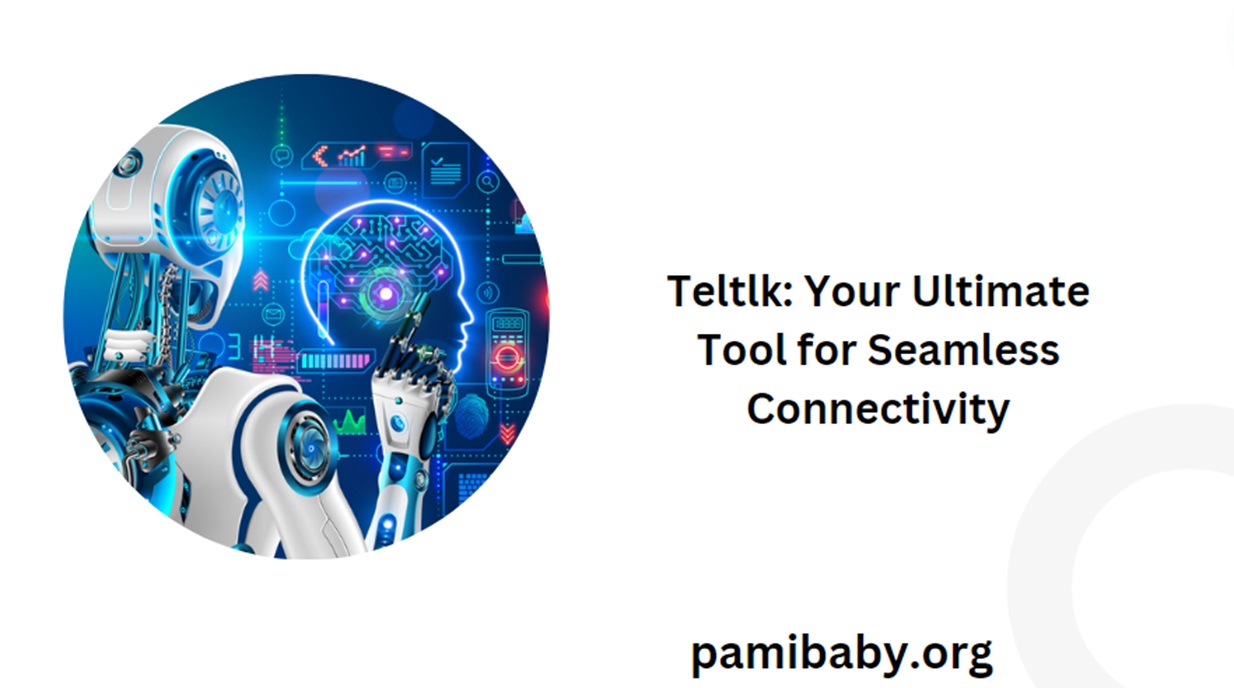Introduction
In the ever-evolving landscape of technology, new terms and concepts emerge that reshape our understanding and expectations of the future. One such term that has recently garnered attention is “proxiyum.” Although relatively new, proxiyum is poised to become a cornerstone in various technological and scientific advancements. This article delves into the multifaceted world of proxiyum, exploring its origins, applications, and potential impact on diverse sectors.
Table of Contents
The Genesis of Proxiyum
Proxiyum, a term derived from the fusion of “proximity” and “quantum,” encapsulates the essence of cutting-edge developments in proximity-based interactions facilitated by quantum technology. It represents a novel approach to harnessing the principles of quantum mechanics to enhance and revolutionize how we interact with our environment and each other.
The concept of proxiyum emerged from the intersection of quantum computing, sensor technology, and advanced communication systems. Researchers and scientists recognized the untapped potential of quantum phenomena, such as superposition and entanglement, in creating new forms of interaction and connectivity. This realization led to the birth of proxiyum, a term that signifies the convergence of these groundbreaking technologies.
The Core Principles of Proxiyum
At its core, proxiyum is built on three fundamental principles: proximity, quantum mechanics, and enhanced interaction.
- Proximity: The principle of proximity emphasizes the importance of spatial relationships in interactions. Proxiyum leverages this principle to create systems that respond to the physical presence and movements of individuals and objects. This can range from simple gestures to more complex spatial arrangements, enabling seamless and intuitive interactions.
- Quantum Mechanics: Quantum mechanics, the foundation of proxiyum, introduces a new dimension of possibilities. By harnessing the principles of superposition and entanglement, proxiyum systems can process and transmit information in ways that were previously unimaginable. This quantum advantage allows for faster, more secure, and efficient communication and computation.
- Enhanced Interaction: Proxiyum aims to enhance human-computer interaction by making it more natural and immersive. Traditional interfaces, such as keyboards and screens, are gradually being complemented or replaced by systems that can understand and respond to human presence, gestures, and even emotions. This shift towards more intuitive interactions has the potential to revolutionize user experiences across various applications.
Applications of Proxiyum
The versatility of proxiyum makes it applicable to a wide range of fields, each benefiting from its unique capabilities. Here, we explore some of the most promising applications of proxiyum technology.
- Healthcare: In the healthcare sector, proxiyum has the potential to transform patient care and medical research. Proxiyum-enabled sensors can monitor patients’ vital signs and movements in real-time, allowing for early detection of health issues and more personalized treatment plans. Additionally, quantum-enhanced imaging techniques can provide unprecedented clarity and detail, aiding in accurate diagnoses and treatment planning.
- Smart Cities: Proxiyum technology can play a pivotal role in the development of smart cities. By integrating proxiyum sensors and communication systems into urban infrastructure, cities can become more efficient and responsive. For example, traffic management systems can use proxiyum to optimize traffic flow based on real-time data, reducing congestion and emissions. Similarly, energy management systems can adjust lighting and heating based on the presence of people, leading to significant energy savings.
- Augmented and Virtual Reality (AR/VR): The immersive experiences offered by AR and VR can be significantly enhanced with proxiyum. By enabling more natural and intuitive interactions, proxiyum can make virtual environments feel more realistic and engaging. This has applications in entertainment, education, and training, where users can interact with virtual objects and environments as if they were real.
- Retail and Marketing: In the retail sector, proxiyum can create personalized and interactive shopping experiences. Proxiyum-enabled displays and kiosks can detect the presence of customers and tailor content based on their preferences and behaviors. This can lead to more engaging and effective marketing strategies, ultimately driving sales and customer satisfaction.
- Industrial Automation: Proxiyum technology can enhance automation in various industries by enabling machines to interact with their environment in more sophisticated ways. For example, proxiyum-enabled robots can work alongside humans, understanding their movements and intentions to collaborate more effectively. This can improve productivity and safety in manufacturing and other industrial settings.
The Quantum Advantage of Proxiyum
One of the key factors that set proxiyum apart from other technologies is its reliance on quantum mechanics. Quantum computing and communication offer several advantages that can be leveraged by proxiyum systems:
- Speed and Efficiency: Quantum computers can process vast amounts of data much faster than classical computers. This speed advantage can be applied to proxiyum systems, enabling real-time processing of complex interactions and data streams.
- Security: Quantum communication protocols, such as quantum key distribution (QKD), offer unparalleled security. These protocols can be integrated into proxiyum systems to ensure that sensitive information is transmitted securely, protecting user privacy and data integrity.
- Scalability: Quantum systems can scale more effectively than classical systems, allowing proxiyum technology to be deployed in large-scale applications. This scalability is crucial for applications such as smart cities and industrial automation, where extensive networks of sensors and devices are required.
Challenges and Future Directions
While proxiyum holds immense promise, several challenges must be addressed to realize its full potential:
- Technical Complexity: The integration of quantum mechanics into practical applications is still in its early stages. Developing robust and reliable proxiyum systems requires overcoming significant technical hurdles related to quantum hardware and software.
- Cost: Quantum technology is currently expensive, which could limit the widespread adoption of proxiyum. As research and development progress, reducing costs will be essential to making proxiyum accessible to a broader range of industries and consumers.
- Standardization: Establishing standards and protocols for proxiyum technology is crucial for ensuring interoperability and compatibility across different systems and applications. Collaborative efforts among industry stakeholders, researchers, and regulatory bodies will be necessary to achieve this.
- Ethical Considerations: The deployment of proxiyum technology raises ethical questions related to privacy, security, and the potential for misuse. It is essential to develop frameworks and guidelines that address these concerns and ensure that proxiyum is used responsibly and ethically.
Despite these challenges, the future of proxiyum looks promising. Ongoing research and development efforts are expected to yield significant advancements in the coming years, paving the way for broader adoption and new applications.
Conclusion
Proxiyum represents a convergence of proximity-based interactions and quantum technology, offering a glimpse into the future of innovation and connectivity. By leveraging the principles of quantum mechanics, proxiyum has the potential to revolutionize various sectors, from healthcare and smart cities to AR/VR and industrial automation. While challenges remain, the ongoing progress in research and development is expected to overcome these obstacles, unlocking the full potential of proxiyum. As we continue to explore and harness the capabilities of proxiyum, we are poised to enter a new era of technological advancement, where interactions with our environment and each other become more intuitive, efficient, and secure.








